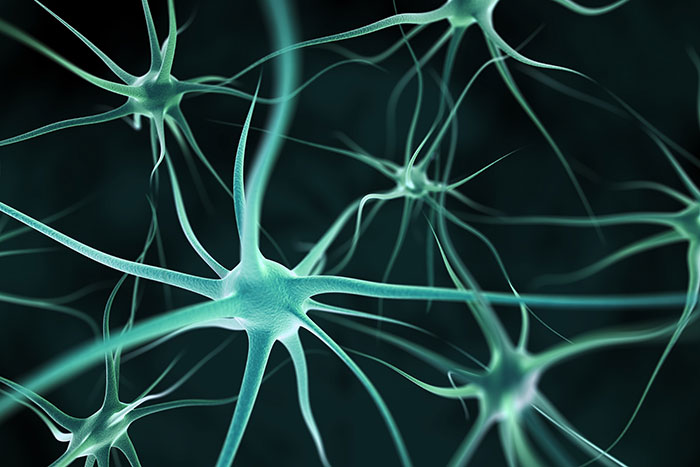Spasticity
Spasticity
When we move voluntarily our brain sends signals to the muscles in our body, essentially telling them to move. When we run, for example, signals from our brain are relayed through our spinal cord and into our thigh muscles. These signals tell the muscles on the front of our thighs to contract as our legs stretch and straighten forward, and then to release them as the muscles on the back of our thighs contract and our leg bend back. Spasticity is what happens when these signals are disrupted and the muscles tighten and stiffen involuntarily. A muscle cramp is an example of an involuntary muscle contraction or spastic muscle response.
Deep brain spasticity is typically caused by damage to the brainstem, the spinal cord, or the brain itself due to accident or injury, although movement disorders such as Cerebral Palsy can also cause spasticity. Cerebral Palsy is a disorder that develops in children, most often before birth. People who are born with or develop cerebral palsy may suffer from a variety of movement impediments and may experience several symptoms such as exaggerated reflexes, difficulty swallowing, and inhibited intellectual function to name a few.
The most important part of establishing a suitable treatment program for Deep Brain Spasticity is first to understand the goals of the patient and their supporting family members. Because there is no cure for spasticity, a variety of care options can be made available to help facilitate the ease of day-to-day life. For example, if the disorder is impairing your ability to get dressed, then a caregiver might be an excellent option. If the goal is to improve function, then a program that focuses on reinforcement and rehabilitation practices might be the right fit. Surgery, muscular injections, and oral medication may also be an option depending on the patient’s age. Our team of surgeons and neurology health care providers work closely with patients to ensure we find a care solution that best fits the unique goals and circumstances of our patients.

Make an Appointment
There is no such thing as a one-size-fits all treatment. As such, we work closely with you to understand your unique circumstances and design care programs that fit your individual needs.
Use Telehealth
No matter where you are or what your movement disability may be, telehealth services ensure that we are always connected and able to assist you, 24/7.
